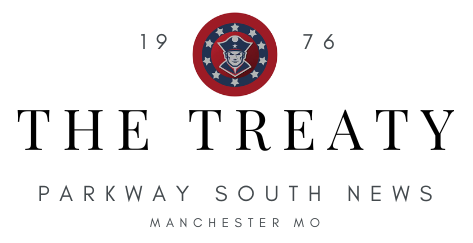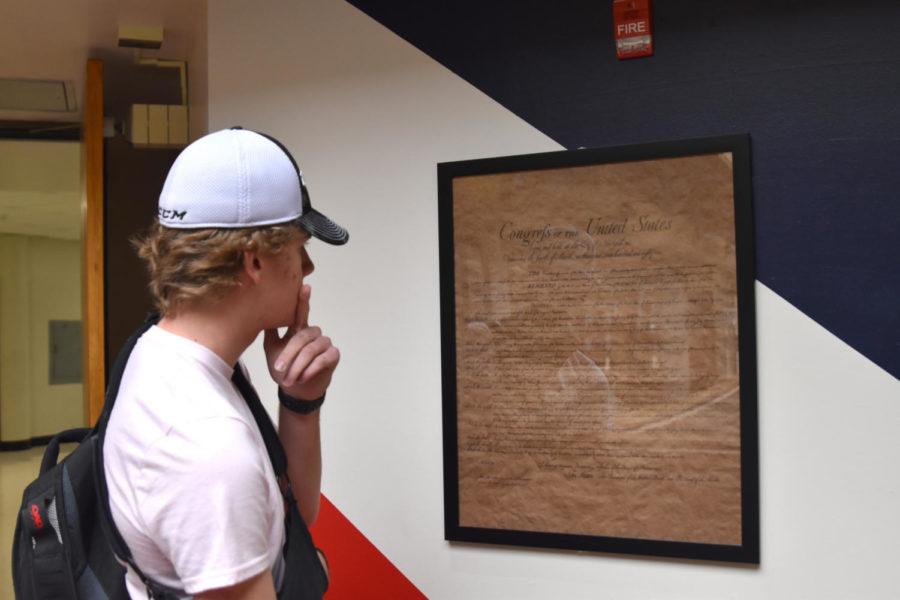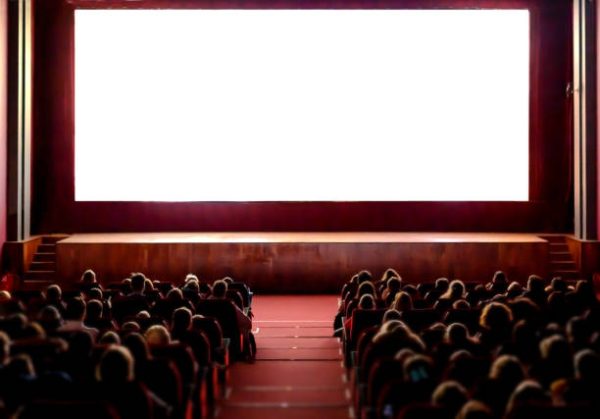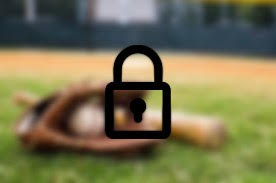Know your rights
Students should enjoy the same freedoms in South High as they do outside of it.
Junior Jason Gifford studies a copy of the Constitution displayed in South High
Our Founding Fathers made the Constitution with the intent of it lasting an eternity. They created the Bill of Rights alongside it, including the First Amendment. In the First Amendment, it gives all U.S. citizens the rights and freedoms of religion, speech, expression, petition, to assemble, and press. But once you enter a public school, some of those freedoms disappear.
For years students have tested the courts, trying to find leeway and shortcuts that grant them more freedoms, but are continually shot down. It all started with Tinker v. Des Moines Independent Community School District (1969), where students were given the right to expression as long as they do not “substantially disrupt school activities or invade the rights of others.” But in the 1980s, more and more Supreme Court cases came up and refuted this case, such as Hazelwood School District v. Kuhlmeier (1988). In this, the Supreme Court ruled that schools could censor a school-funded newspaper and the articles the students produce, stopping them from expressing their thoughts and opinions. In this case the court argued that a school administration can censor student speech if it “inconsistent with the schools’ basic educational mission.”
Although the freedom of expression and speech is restricted in schools, the freedom of religion is not. Multiple cases on standing for the Flag have gone in favor of students who claim it “goes against their religious beliefs” (Minersville School District v. Gobitis). Alongside that, Abington School District v. Schempp (1963) overturned a state law that mandated public schools to teach the Bible and prayer.
But after all these court cases, public education is an implied power given to the states. And the states give the power to the school district to determine what is allowed.
Parkway’s student handbook states that “The Board of Education believes that each student is unique and has the potential for making positive contributions to society. In accordance with this belief and in alignment with Parkway’s Mission and Vision, staff and students work proactively to encourage and develop responsible student behavior through instruction and practice. As a result, Parkway students will develop competencies in self-awareness, self-management, and self-advocacy skills. These skills equip and empower students to display respect and, when necessary, appropriately advocate for their own rights and the rights of others through their actions.”
Parkway gives a lot of support to students and their opinions, but nobody has tested its authority and where the line is drawn. The District deems that acts that “insult, harm, embarrass, degrade, offend, or defame other students, staff, community members or Parkway guests” can be punishable by suspension or expulsion, but the District is the one that determines the action to be one of the listed offenses.
Personally I think students should be allowed to have the same rights as teachers and the same rights they would have outside of school. If we are mandated to go to school every day, we should be given the freedom to express our ideas about society and the problems of the world without fear of being censored.







